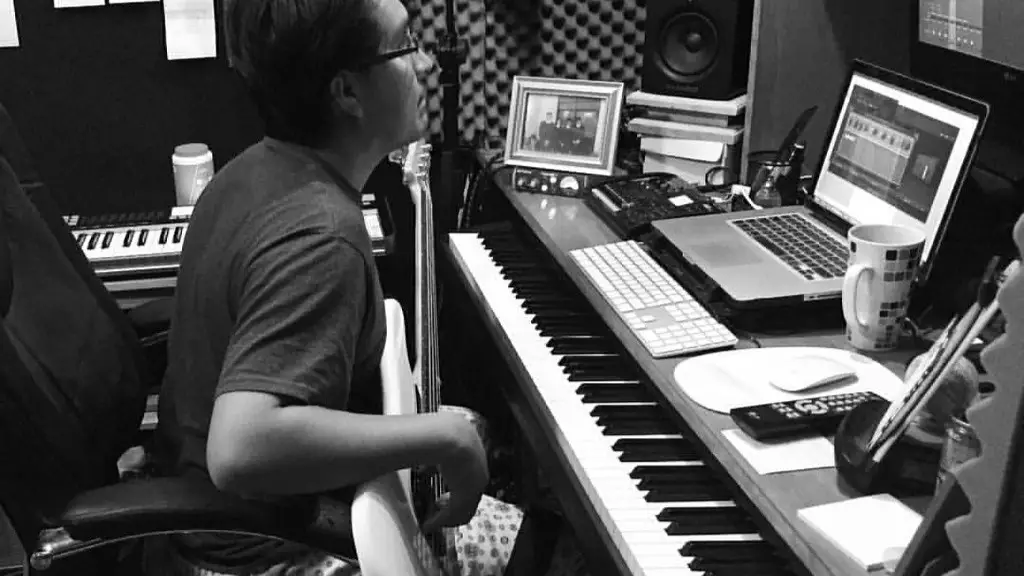How To Draw Fox Ears
Creating an elegant, graceful fox ear is an art that can be mastered with practice. Drawing a fox ear is not as complicated as you may think with the right steps and tips in mind. Whether you’re an artist just starting out or an expert, this guide will give you a few tricks on how to draw fox ears.
Start with Referencing a Fox
When it comes to drawing fox ears, it’s easier to start by referencing a real-life fox or a photo of one. Looking at a reference is key because foxes have a distinct ear shape that can be difficult to recreate. While observing a reference, take note of the fox’s ear shape, length, and the fur. You may want to draw out the whole fox to practice the ears even more.
Sketch a Simple Fox Ears Outline
Once you’ve studied the reference, it’s time to begin sketching. Start by lightly sketching out a basic fox ear shape. It’s important to add a gentle curve that extends from the point at the beginning of the ear down to the tip. Feel free to draw the ears large if you’re planning to draw a realistic fox. Otherwise, make the ears smaller for a more cartoon-like style. Once the outline is complete, you can use a more pressed pencil to make the lines darker.
Erase your Outline & add Fur
After you’ve shaded in the basic outline of the fox ear, you can erase the smoother outline underneath it. Then, add some cute fur by sketching out curved lines at the edges of the ears. Make sure to press on a medium or light pressure marked pencil to add texture. If you want to add more texture, you can add smaller fur lines pointing in different directions.
Soften the Ears & Add Shading
Once the outline of the ear is complete, it’s time to give your fox some depth. Using a blending stump, soften your lines and add depth to your drawing. You can shade the ears so that it looks smooth on the edges and darker near the tips. You can also add some shadows and shading to add more life and vibrancy to your fox’s ears.
Finish off with Color & Details
The last step is to add color and details to your ear. Get creative and color the ears with markers, colored pencils, or crayons. You may want to add some brighter colors for a more custom look. As for the details, if you’re drawing a realistic fox, feel free to add the intricate markings on the ear. You can also add small details such as reflections and fur highlights to make your fox ear look more realistic. When you’re done, add a few last touches like lightening or darkening any areas to give your drawing a nice, finished look.
Practice Makes Perfect
Drawing fox ears takes practice and patience. Once you have got the hang of it, you can experiment with different styles and even make up your own designs too. Don’t be afraid to practice and keep trying until you get it right. And don’t forget, working on improving your drawing skills will make a huge difference in your drawings.
Be Fun & Creative
Drawing fox ears can be so much fun and creative. You can make your own unique style or explore different ones. Try different shapes, colors, fur markings, and patterns to create something memorable. You can even use various tools like watercolors, pencils, pens, and more to complete your masterpiece.
Gather Inspiration from Foxes & Animals
If you ever feel stuck, just take some time to observe foxes and animals that have ears similar to fox’s. Compare their ears, the colors, and the textures to get inspired. You can also try to observe different artist’s drawings for inspiration and ideas. And if all else fails, remember to just have fun and create something unique.
Now, Let’s Draw Fox Ears!
Now that you’ve got the basics on how to draw fox ears, it’s time to get started! Take the steps above and start sketching. Use the tips and tools mentioned to truly create something special. Even if your drawing isn’t perfect at first, don’t be discouraged. Remember, practice and persistence will lead to the perfect fox ear drawing. So grab your art supplies and let’s begin!
